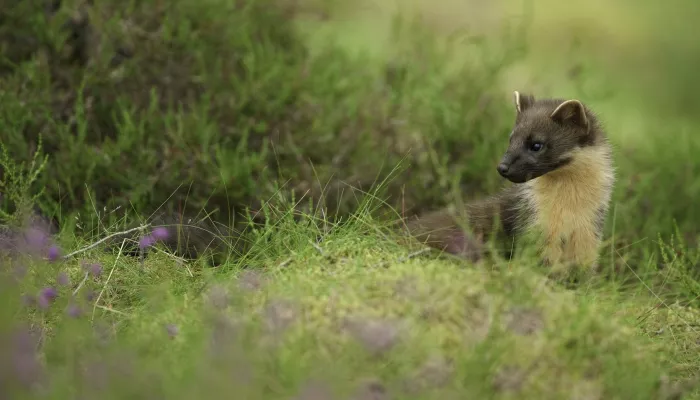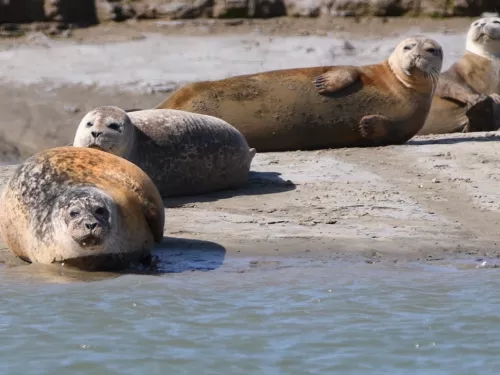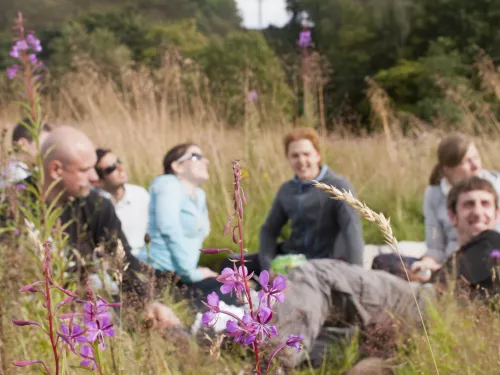
Volunteers needed to help cows after rubbish dumped at Darenth Valley beauty spot
Kent Wildlife Trust is appealing for volunteers to help remove rubbish from Heather Corrie Vale nature reserve, Dareth Valley after cows were found to be grazing in areas strewn with litter.



